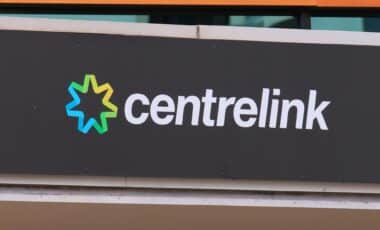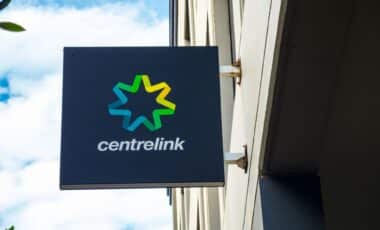More than five million Australians are set to receive a Centrelink payment boost in March, with increases coming for job seekers, carers, and people with disabilities. The biannual indexation of government payments, designed to keep pace with inflation and cost-of-living pressures, will put more money in recipients’ pockets, though increases are expected to be smaller this time due to moderating inflation.
Which Payments Are Increasing?
Several major pensions and allowances have seen increases, with adjustments taking effect in September 2024. Among these, the Age Pension experienced a rise of $28.10 per fortnight for singles, bringing the maximum rate to $1,144.40.
Couples also benefited, with each member receiving an increase of $21.20, raising their combined maximum rate to $1,725.20 per fortnight. While this adjustment is already in place, the next scheduled increase in March 2025 has yet to be confirmed.
Similarly, the Disability Support Pension and Carer Payment followed the same adjustment as the Age Pension. Singles now receive $1,144.40 per fortnight, while couples each receive $862.60.
In addition, Commonwealth Rent Assistance saw an increase across different categories. Singles without children received an additional $23 per fortnight, while couples benefited from an extra $21.80. Families with children experienced a slightly higher increase, with an additional $27.02 per fortnight.
The JobSeeker Payment also saw adjustments in September. Singles without children received an increase of $15.30 per fortnight, while those with children had a slightly higher boost of $16.30. Additionally, recipients assessed as having a partial capacity to work received a significantly larger increase of $71.20 per fortnight.
Why Are Increases Expected to Be Smaller This Time?
The government determines indexed payment increases in March and September each year to ensure welfare payments keep up with inflation. The adjustments are based on key economic indicators, such as:
- Consumer Price Index (CPI)
- Weekly wage changes
- Pensioner and Beneficiary Living Cost Index
In September 2024, the Age Pension rose by 2.5%, driven by a 3% increase in average male earnings and a 2% rise in inflation in the March and June quarters. However, as inflation has cooled, March 2025 increases will be more modest.
For example, JobSeeker increased by 2% in September, but with inflation slowing, it is set to rise by only 0.4% in March. This translates to an increase of just $3.11 per fortnight, bringing the total JobSeeker rate to $781.11 per fortnight from March 20, unless an alternative benchmark is applied.
Government Response to Cost-of-Living Challenges
In September 2024, Social Services Minister Amanda Rishworth emphasized the government’s commitment to supporting Australians facing rising living costs. She noted that indexation, combined with budget measures, had increased the maximum rates of Commonwealth Rent Assistance by around 45% since the Albanese Government took office.
“This indexation will deliver timely boosts to people receiving allowance payments and pensions, ensuring that these vulnerable groups have more money in their pockets for everyday expenses,” she said at the time.
While the upcoming March increases may be less significant than previous adjustments, the biannual indexation process remains a crucial mechanism for helping pensioners, carers, and job seekers manage their daily expenses in an evolving economic landscape.









